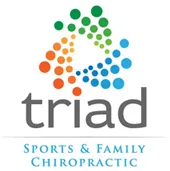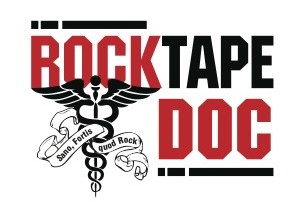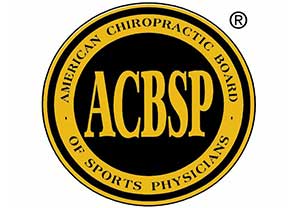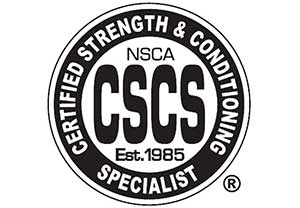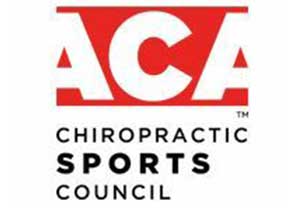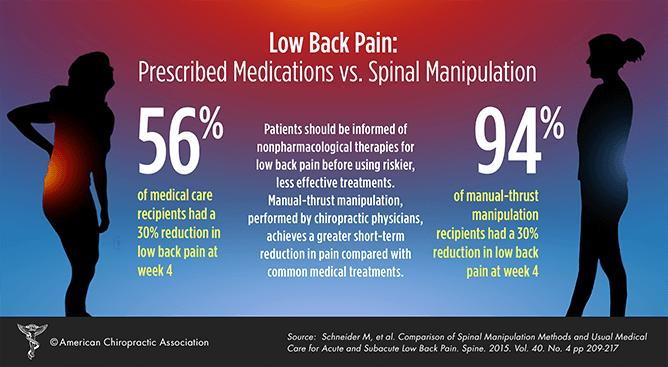
I bet you didn’t know that October is “National Chiropractic Health Month”. Chiropractic is still very misunderstood profession by both the general public as well as amongst many health care providers. Unfortunately we have opioid crisis in this country is a real problem for so many households, and communities around our country. According to the CDC the number of death related to drug overdose rose by almost 30% from 2019 to 2020. It is the sad truth. This is one of the reasons why it is important as ever to continue to dispel myths, and educate the public about the benefits of chiropractic care, especially as an effective drug-free option for many common musculoskeletal conditions. “Doctors of Chiropractic not only help patients manage their musculoskeletal pain without drugs but also offer advice on nutrition, ergonomics, injury prevention and physical fitness,” said ACA President Michele Maiers, DC, MPH, PhD. Here are ten other facts about chiropractic that I bet you didn’t know!
- It is estimated that Doctors of Chiropractic (DCs) treat over 27 million Americans (adults and children) annually.
- Doctors of Chiropractic (DCs) are educated in nationally accredited, four-year doctoral graduate school program through a curriculum that includes a minimum of 4,200 hours of classroom, laboratory and clinical internship, with the average DC program equivalent in classroom hours to allopathic (MD) and osteopathic (DO) medical schools.
- Doctors of Chiropractic (DCs) are designated as physician-level providers in the vast majority of states and federal Medicare program. The essential services provided by DCs are also available in federal health delivery systems, including those administered by Medicaid, the U.S. Departments of Veterans Affairs and Defense, Federal Employees Health Benefits Program, Federal Workers' Compensation, and all state workers' compensation programs.
- Doctors of Chiropractic (DCs) are utilized by all 32 National Football League teams in optimizing the functionality, endurance and overall conditioning of professional football players in the treatment of neuromusculoskeletal strain injuries, including neck pain, low back pain, strains to hamstrings and quadriceps, and whiplash injuries.
- A recent study showed that treatment for low back pain initiated by a Doctor of Chiropractic (DC) costs up to 20 percent less than when started a MD.
- Doctors of Chiropractic (DCs) provide a patient-centered, whole person approach to health care marked by greater interaction and better communication, resulting in consistently higher patient satisfaction ratings than medical doctors.
- Doctors of Chiropractic (DCs) are the highest rated healthcare practitioner for low-back pain treatments above physical therapists (PTs), specialist physician/MD, and primary care physician/MD.
- The American College of Physicians and the American Pain Society jointly recommended in 2007 that clinicians consider spinal manipulation for patients who do not improve with self-care options.
- A systematic review in 2010 found that most studies suggest spinal manipulation achieves equal or superior improvement in pain and function when compared with other commonly used interventions for short, intermediate, and long-term follow-up.
- Chiropractic care has an excellent safety record. This should be viewed in the context of other treatments for back pain such as steroids, pain medications and surgery. As a result, Doctors of Chiropractic (DCs) pay malpractice premiums at significantly lower rates than allopathic doctors (MDs).
References:
- Consumer Reports Health Ratings Center. Back-Pain Treatments. ConsumerReports.org; July 2011.
- Council on Chiropractic Education (CCE) www.cce-usa.org 2013.
- Meeker, DC, MPH; Scott Haldeman, DC, PhD, MD; Chiropractic: A Profession at the Crossroads of Mainstream and Alternative Medicine. 2002; 136(3): 216-227. http://annals.org/article.aspx?articleid=474085
- Coulter, Adams, Coggan, Wilkes, Gonyea. A Comparative Study of Chiropractic and Medical Education. Alternative Therapy Health Medicine. 1998; 4:64-75.
- American Chiropractic Association (ACA), 2013. http://www.acatoday.org/pdf/physicianstatus.pdf
- Professional Football Chiropractic Society (PFCS) 2010 www.profootballchiros.com
- Richard L. Liliedahl, Michael D. Finch, David V. Axene, Christine M. Goertz. Cost of care for common back pain conditions initiated with chiropractic doctor vs medical doctor/doctor of osteopathy as first physician: experience of one Tennessee-based general health insurer
- Chiropractic Doctor vs. Medical Doctor/Doctor of Osteopathy as First Physician: Experience of One Tennessee-Based General Health Insurer. Journal of Manipulative and Physiological Therapeutics; November 2010; 33(9):640-643.
- Gaumer G, PhD. Factors associated with patient satisfaction with chiropractic care: survey and review of the literature. JMPT 2006 July-Aug; 29(6):455
- Consumer Reports Health Ratings Center. Relief for your aching back: What worked for our readers. ConsumerReports.org; March 2013.
- Chou R, Qaseem A, Snow V et al. Recommendation 7. Diagnosis and treatment of low back pain: a joint clinical practice guideline from the American College of Physicians and the American Pain Society. Annals of Internal Medicine 147 (7): 478–91.
- Dagenais S, Gay RE, Tricco AC, Freeman MD, Mayer JM (2010). NASS Contemporary Concepts in Spine Care: Spinal manipulation therapy for acute low back pain. The Spine Journal 10 (10): 918–940.
- Stevinson, MS & Ernst, MD, PhD (2002). Risks Associated With Spinal Manipulation. The American Journal of Medicine, 112(7), 566-571.
- Dabbs, Lauretti. A Risk Assessment of Cervical Manipulation vs. NSAIDs for the Treatment of Neck Pain. Journal of Manipulative Physiology and Therapeutics. 1995 October; 18(8):530-6.
- Bronfort, Evans, Anderson, Svendsen, Bracha, Grimm. Spinal Manipulation, Medication, or Home Exercise with Advice for Acute and Subacute Neck Pain – A Randomized Trial. Annals of Internal Medicine. January 2012; 156:1-10.
- Dekutoski, MD, Norvell, PhD,, Dettori, PhD, Fehlings, MD, PhD, & Chapman, MD (2010). Surgeon Perceptions and Reported Complications in Spine Surgery. Spine, 35(9S).
- NCMIC, 2013. https://www.ncmic.com/ Shaw. Avoiding Risky Business. American Chiropractic Association. Accessed December 2013.
